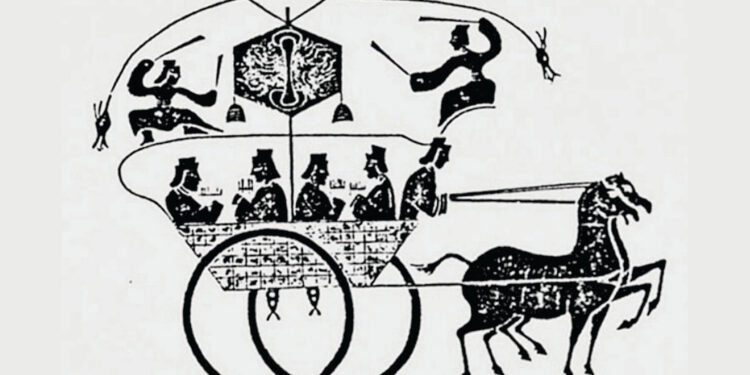Whether plotting a road trip or training for a triathlon, we need our odometers. But did you ever wonder how they were invented?
The odometer was actually invented and reinvented a number of times. From ancient Greeks to a Mormon pioneer, our mileage-tracking device has received quite a bit of attention.
The National Parks Service credits a Roman architect and engineer named Vitruvius with the first design. Vitruvius built a contraption that looked a bit like a wheelbarrow, which automatically dropped a pebble into a container at each revolution of the wheel, measuring the distance traveled.
Two other iterations showed up in the coming centuries, plus a third designed for ships. Then Benjamin Franklin created a version in 1775 to track his mileage as postmaster between Philadelphia and Boston. It is unclear whether Franklin then asked for a mileage reimbursement.
William Clayton is credited with creating a detailed guide for Mormon travelers crossing the plains from Winter Quarters, Neb. to Salt Lake City, Utah. In addition to noting camping locations, terrain, and the availability of water, grass and timber, Clayton recorded the mileage thanks to the “roadometer” he invented.
In a prime example of need inspiring invention, Clayton created the device in 1847 after realizing early on that he needed a more accurate way to measure the distance. He measured the left rear wheel of one of the wagons to determine its circumference and calculate how many rotations equaled a mile.
Clayton then tied a marker on the spoke and walked beside it, counting the rotations —what must have been a painstaking process, as he notched 4,070 rotations for 11 and a quarter miles plus 20 revolutions the first day.
The first roadometer could count to 100 and was quickly replaced by another that could count to 1,000, making the job much more efficient.


